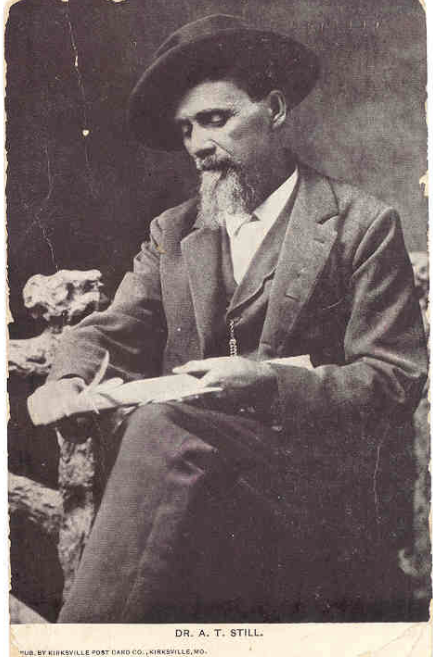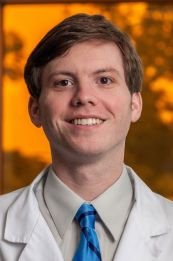Introduction:
As a proud—soon to be—osteopathic physician, this study brings great happiness to me.
From the start of my osteopathic career, I have believed in the great benefits that osteopathic manipulation can have for patients. Not in a “magical way” where we can cure cancer, but in a practical way.
Due to lack of massive randomized studies, many of our theories on osteopathic principles are based more on theory than heavily supported data. These theories are supported by smaller based studies, clinical/objective results, and also, by using the physiology that we already know about the human body.
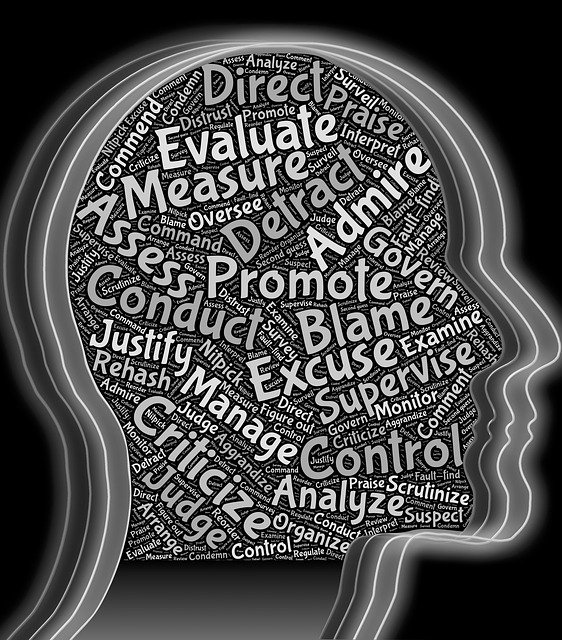
Studies, as the one I will present now, will make skeptics look a little closer into this field and many other manipulative type professions. People always want the most “up-to-date literature” on anything related to science/medicine…and for good reason! However, a true “man” of science should also look objectively at data even when they may have preconceived notions on what is “pseudo-sceince” and what is not. To subjectively disregard data that is very evidence based is by definition, "pseudoscientific!"
For those that have missed prior osteopathic topics of mine, I am an osteopathic medical student in the last 3 months of my training. In the USA, an osteopathic medical degree (DO) is equivalent to an MD degree and holds the same exact rights in practice. We both can become brain/heart surgeons and both can prescribe controlled drugs like amphetamines and opiates. In residency training, which will be my next step, MDs and DOs alike, specialize in various different areas together.
The main difference is that osteopathic physicians, in addition to all the core medical classes, also take 200-500 hours of extra classes on osteopathic manipulation. That is, on average, we have more hours of classes than MDs because we have to not only learn every topic applicable to conventional medicine... but also those of manipulation.
Many osteopathic physicians never use their osteopathic skills after medical school, but as a future family doctor, I plan to practice these safe and effective techniques in addition to everything else. In family medicine, I will have the opportunities to care for most chronic conditions, deliver babies, perform some procedures, and take care of kids as well. In addition, I can set up appointments to perform osteopathic manipulation if applicable!!
Enough on my rant about the “awesomeness” of osteopathic medicine….. NOW TO THE STUDY!
About The Study:
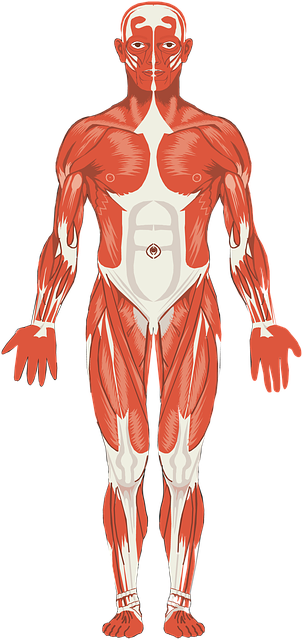
*note: this study is not directly related to osteopathic manipulation but may apply to its practice!
A team of engineers and biomedical scientists at Harvard University found very remarkable results on muscle regeneration from mechanical compression alone in late 2015. They tested two mechanical options in this study:
— 1) Implantable biphasic ferrogel on the injured legs (a magnetized gel that is placed in direct contact with the damaged muscle) of mice
— 2) A non-invasive pressurized cuff on injured leg (essentially like a blood-pressure cuff).
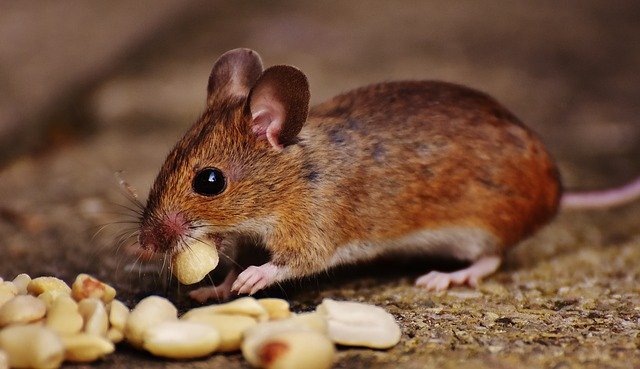
To severely injure the anterior tibias muscles of mice, they used an intramuscular injection of notexin and induced hind leg ischemia for 6 days (Poor Mice!).
Both of these methods allowed for a rhythmic/cyclic compressive force either directly or indirectly (on top of skin) to the injured legs of mice. These techniques were used over a 2-week course.
The Results:
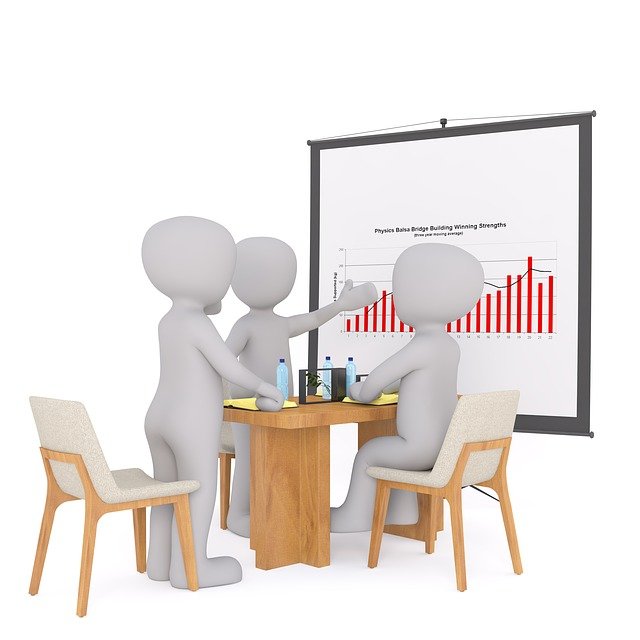
The outcome was, in my opinion, revolutionary. There was over a 2.5 fold increase in muscle regeneration for both mechanical compression groups compared to the control group getting no treatment (Average 2.6 fold in implantable ferrogel and 2.2 fold in the simple compressive cuff).
Furthermore, both groups also showed a reduction in muscle scaring. This is an essential improvement. Without improving scarring, a muscle can be “stuck” in a fixed contracted state that renders the muscle almost useless.
The results were also objectively analyzed via microscope to look at the histologic improvement in muscle regeneration/ reduction scaring.
Summary of information can be found at the link here and for more information/complete study can be found at the link here.
Why Would These Surprising Results Occur??

The more blood flow to an area, the more chance of tissue recovery!
For example, if one gets a cut on the face, it will heal quickly (few days) and leave less scaring. On the other hand, a cut on the foot can take weeks-months to heal depending on one’s circulation. The face heals faster because there is simply more blood flow to the face.
The researchers at Harvard attributed these results due to mechanical stimulation providing more transport of oxygen/nutrients to the site of trauma and to the fact that more circulation will remove more of the dangerous (cytotoxic) byproducts of muscle injury.
Further theories and links to other roles in the regeneration process can be found in the link here if you go to the discussion part.
For example, M1 macrophage activity decreases in the presence of ferrogel, suggesting a role in decreased inflammation as well.
Discussion: The Clinical Utility of this Study
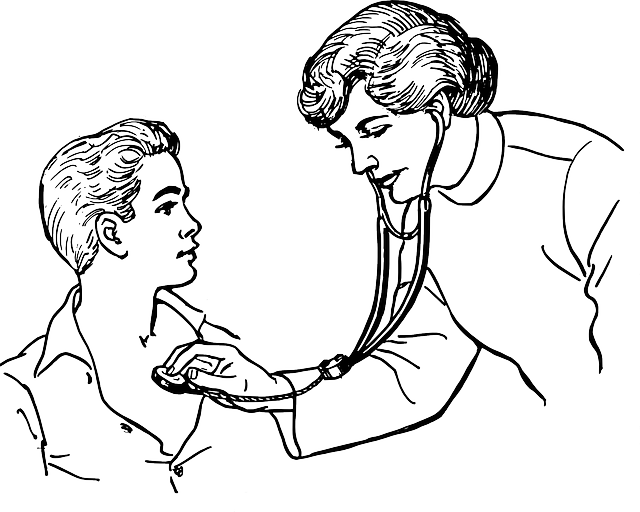
I started this post by describing osteopathic medicine. This study was not directly looking at osteopathic techniques, but rather, compressive forces in general. In almost all osteopathic techniques a compressive force is used. Therefore, I would argue that this study is shedding light on the benefits of massage techniques/physical therapy as well.
Osteopathic techniques, through objective results alone, can show muscle relaxation, increase in motion, and decrease in pain right after techniques. However, in everyday life I am not going to take a biopsy of the damaged muscle to prove that I have helped in the healing process.
This study gives me hope on even less traumatic muscle damage. For instance, let’s say a person goes to the gym and lifts weights. The next day he goes into the doctor because his biceps hurt. There is certainly at least micro-muscle tears from his extensive exercise routine. I now can site this study as one piece of information to tell the patient that a simple osteopathic technique may actually promote quicker muscle-healing (although the time needed for the compressive force to work is still not quite clear).
Not only could I ease the pain of my patient by relaxing his biceps muscle but could expect that he will feel better in coming days due to an accelerated rate of healing!
Beyond the scope of osteopathic medicine, this study is also awesome for its potential to provide less invasive, less expensive, and less side-effect driven therapies to all patients. Patients in the hospital could have cuffs placed on muscles that would cyclically add compression (so these study results clearly could be implemented without using OMT techniques).
Today drugs are the main “go to” modality when it comes to severe muscle injury. Growth factors like VEGF have also shown some success in animal studies. However, no modality is great at the moment for showing success in humans. This study, while only tested in animals, is a step forward to find a simple way to have muscle regeneration.
Time is a major factor in muscle injury, and a simple/non-invasive compressive force produces slim-to-no risk to the patient while providing a potentially life-improving advancement. One thing to note is that in the study the compressive forces were used for a two-week period. More studies would need to be done to see if there would be similar effectiveness with multiple manipulations within a given two-week time frame. However, in the hospital, these modalities could be done more easily.
Thank you for your time!
Just wanted everyone to know that I passed my last national board exam for medical school and am almost to the finish line!!!
Feel free to follow me for more posts on medicine/science/music/or something else that is awesome.
Have a great night!
Sources Provided in the links above as well:
Actual Study http://www.pnas.org/content/113/6/1534.full
Summary for those who want a quick-read http://news.harvard.edu/gazette/story/2016/01/mechanical-stimulation-shown-to-repair-muscle/
Picture Links (Below photos as well):
From Wikicommons:

From Pixabay.com:
https://pixabay.com/en/head-judge-judgment-critic-1345060/
https://pixabay.com/en/muscles-anatomy-medical-human-1999721/
https://pixabay.com/en/mouse-rodent-cute-mammal-nager-1708445/
https://pixabay.com/en/discussion-session-white-male-1874792/
https://pixabay.com/en/childhood-children-child-cute-fun-1834633/
https://pixabay.com/en/doctor-lady-examine-child-kid-37707/

